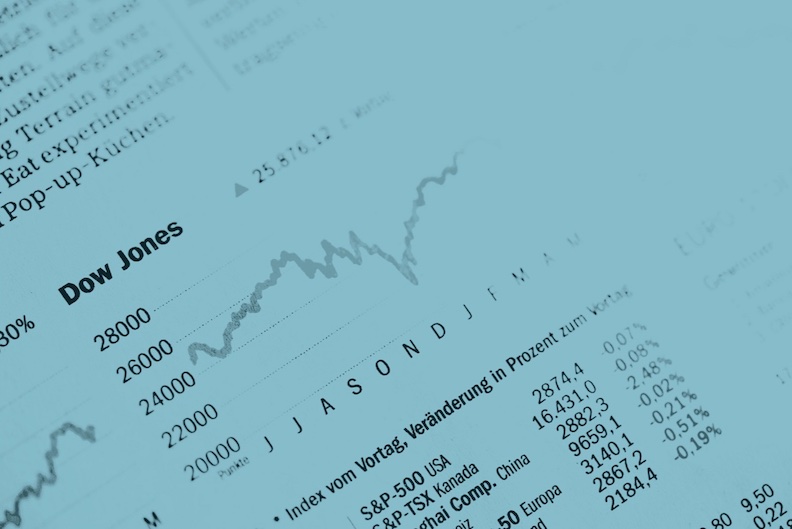What is it about?
The use of analytics that include statistics is a skill that is gaining mainstream value due to the increasingly thinner margin for decision error. There is a requirement to gain insights, foresight and inferences from the treasure chest of raw transactional data (both internal and external) that many organizations now store (and will continue to store) in a digital format.
Featured Image
Why is it important?
Here is a useful way to differentiate business intelligence (BI) from analytics and decisions. Analytics simplify data to amplify its value. The power of analytics is to turn huge volumes of data into a much smaller amount of information and insight. BI mainly summarizes historical data typically in table reports and graphs as a means for queries and drill downs. But reports do not simplify data nor amplify its value. They simply package up the data so it can be consumed. In contrast to BI, decisions provide context for what to analyze. Work backwards with the end decision in mind. Identify the decisions that matter most to your organization and model what leads to making those decisions. By understanding the type of decision needed, then the type of analysis and its required source data can be defined.
Perspectives
To clarify, BI consumes stored information. Analytics produces new information. Queries using BI tools simply answer basic questions. Business analytics creates questions. Further, analytics then stimulate more questions, more complex questions, and more interesting questions. More importantly, business analytics also has the power to answer the questions. Finally predictive business analytics displays the probability of outcomes based on the assumptions of variables.
Mr Gary Cokins
Analytics-Based Performance Management LLC
Read the Original
This page is a summary of: Book Highlight-Why Analytics Will Be the Next Competitive Edge, Global Business and Organizational Excellence, June 2014, Wiley,
DOI: 10.1002/joe.21565.
You can read the full text:
Contributors
The following have contributed to this page







